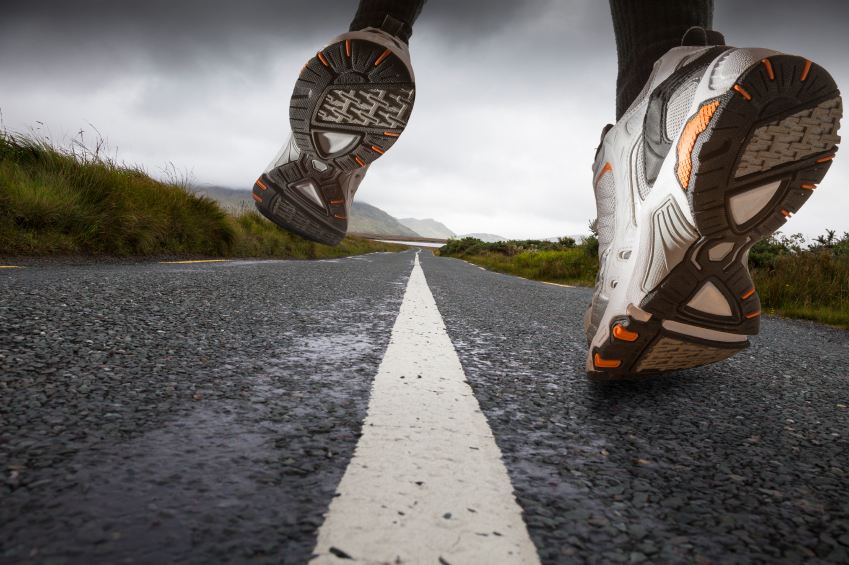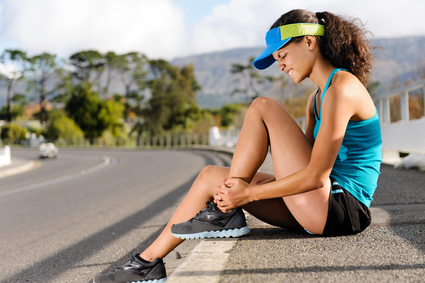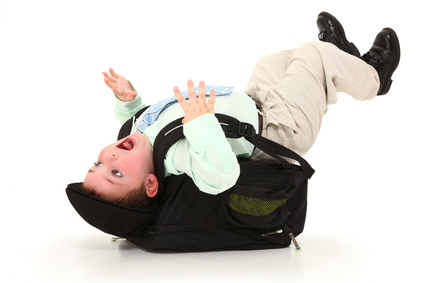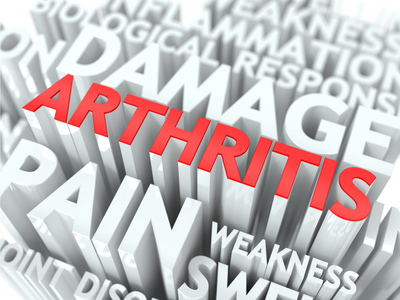
Step. Ouch. Step. Ouch. Step. Ouch.
Running is one of the most popular forms of exercise, and offers many benefits. It can be done anywhere, it tones the lower body, and it burns a ton of calories. Pounding the pavement or trails over time, however, can result in injuries to the knees, ankles, and hips.
Whether you run a few miles a week to keep the extra pounds off, or hoof it in several marathons a year, there is unfortunately a good chance you will get hurt at some point.
The first step to recovery if you injure yourself running is to give your body time to heal. A visit to the doctor, ice packs, and over the counter pain medication are all ways to treat an injury. However, one of the best ways runners can treat their injuries is by visiting a chiropractor.
If you are dealing with a running injury and think a chiropractor may be able to help you get back on your feet with less pain, you are most likely correct. Here are four important things to know about chiropractors and how runners can benefit from chiropractic care:
Chiropractors work on more than necks and backs
It’s a common misconception that a chiropractor’s sole purpose is to adjust their patients’ necks and backs. The entire body can benefit from a chiropractic manipulation. For example, the American Chiropractic Association (ACA) states that knee pain is the most common running injury.
Chiropractors are often able to work with an injured knee and bring about a positive outcome. Strains, sprains, and other trauma to your body’s joints can be treated by a chiropractor. Soft tissue around the joints benefit from chiropractic treatment, which can greatly ease an injury to the ankle, knee, or hip.
Chiropractic & Active Release techniques (ART) promotes quicker healing of the injured area
From increasing blood flow to the hurt area to breaking up restrictions with ART. Chiropractic treatment helps the body heal itself. Chiropractors view the body in its entirety, and may use manual therapy and adjustments on other parts of the body to stimulate healing of the afflicted area.
Chiropractors assist in pain management
Running injuries can often cause great pain that lasts for weeks. Visiting a chiropractor can help reduce the severity of the pain and shorten the amount of time you experience pain. This is an especially attractive benefit for those who avoid taking medicine. Sports chiropractic care helps manage the discomfort and soreness associated with the injury allowing the patient to rely less on drugs.
Chiropractic reduces the risk of getting re-injured
A common reason runners end up hurt is their bodies had something “out of whack” in the first place. Since chiropractors take the wellness of the body as a whole into consideration, they often work with runners to minimize the chance of re-injuring themselves or suffering a different injury. By making certain an individual’s body is in alignment and functioning properly, balanced biomechanically, a chiropractor can help the runner feel comfortable moving back into the routine of running after strengthening the injured area.
Running is a great form of exercise and stress relief, and many people run for years without incident. However, it’s vital to take steps up front to minimize the chances of getting hurt, including choosing proper shoes, stretching beforehand, foam rolling, and avoiding overtraining or other training errors.
If, however, you feel a twist, pop, or crack as you are out for your morning run or finishing your half marathon, know there are chiropractic treatment options available to you that will decrease pain, healing time, and the risk of re-injury. Just pick up the phone and give Dr. Ness. We’re here to help!
Dr. David Ness is a sports chiropractor practicing in NY since 1988, and New Paltz, NY since 2002. Dr. Ness is the official chiropractor for the football team at United States Military Academy at West Point since 2015. Dr. Ness also provides chiropractic care at Marist College and Vassar College during the school year.



